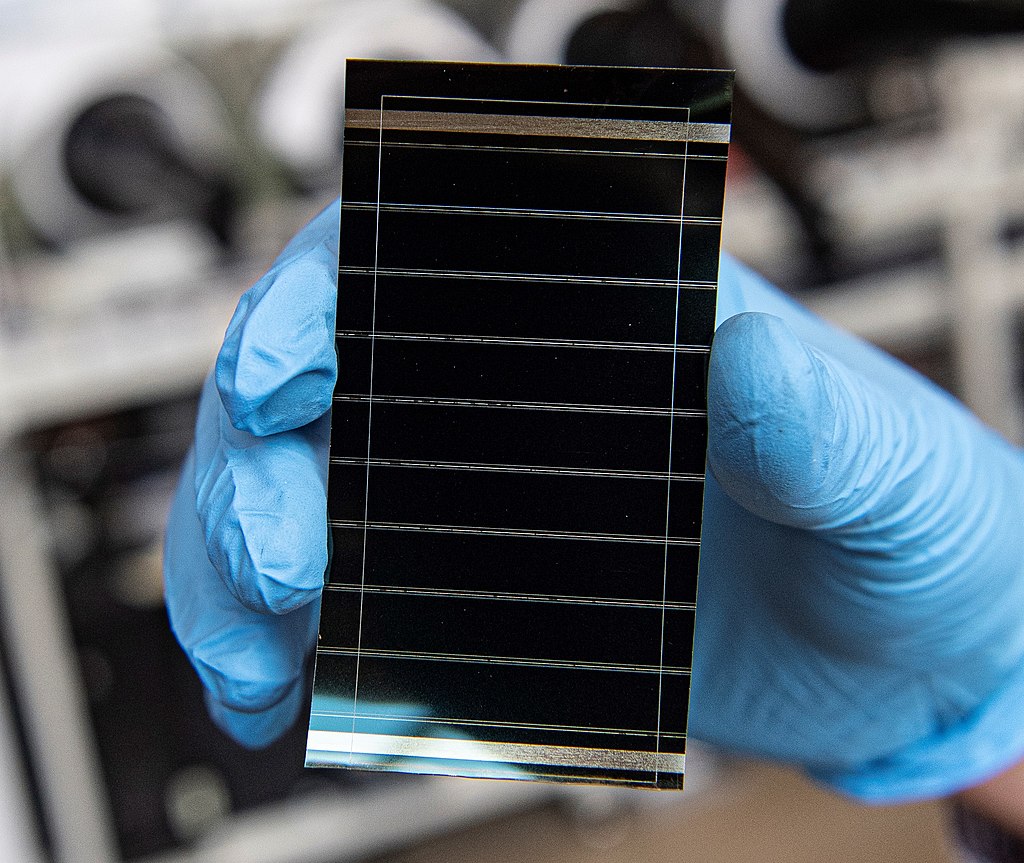
An international team of researchers has demonstrated a novel solvent process for pure and highly crystalline 2D perovskites, which they demonstrated in 2D/3D perovskite solar cells. A n-i-p champion perovskite solar cell had a power conversion efficiency of 25.9%, retaining 91% of the initial performance after 1,074 hours at 85 C using maximum power point tracking.
After investigating the causes of degradation in 2D/a3D perovskite solar cells, a team of international researchers led by a Massachusetts Institute of Technology (MIT) team developed a solutions-based process for two-dimensional (2D) perovskite interlayer based on a novel approach that regulated crystallinity and phase purity. They found that their champion n-i-p device with a dopant-free hole transport layer exhibited performance comparable to state-of-the-art inverted p-i-n devices.
The lead author of the study, Shaun Tan told pv magazine that 2D perovskites are “supposed to be like a barrier layer to protect the 3D perovskite layer,” but that “ironically 2D perovskites can be even more fragile.”
Such findings motivated work on a more durable 2D interlayer by exploring a variety of mixed solvents for interlayer formation and device performance enhancement. The research was described in “Spontaneous formation of robust two-dimensional perovskite phases,” published in Science.
“We successfully grew pure and highly crystalline 2D perovskites using a simple method we created based on multi-component mixed solvents. We then show that having high-quality 2D perovskites is key to its robustness,” said Tan.
In the study, the team used spiro-OMeTAD hole transport layers (HTLs) that were not doped with 4-tert-butylpyridine (tBP) and lithium bis(trifluoromethane)sulfonimide (LiTFSI). This was to avoid known causes of degradation problems, especially at higher temperatures.
The solar cell stack included gold (Au), spiro-MeOTAD, 2D perovskite, 3D perovskite, tin dioxide, and fluorine-doped tin oxide (FTO).
The 3D perovskite was a FAPbI3-based composition (FA, formamidinium) with added MACl and MAPbBr3 (MA, methylammonium) for improved crystallization as well as excess lead iodide (PbI2), according to the researchers.
Furthermore, all devices in the study were benchmarked with conventional halide perovskite cells with n-i-p structure. The n-i-p architecture illuminates through the electron-transport layer (ETL) side, while the inverted or p-i-n structure is illuminated through the hole‐transport layer (HTL) surface. Previous research on n-i-p devices generally had poorer stability than their inverted p-i-n counterparts.
These devices were tested using standard tests. “We aged our baseline control 2D/3D device under full-spectrum 1-sun illumination with ultraviolet (UV) included in a nitrogen atmosphere,” said the scientists. Indeed, the champion device based on chemical bath-deposited SnO2 (CBD-SnO2) had a power conversion efficiency (PCE) of 25.9%, retaining 91% after 1,074 hours of 1-sun AM 1.5G illumination with ultraviolet (UV) included and using maximum power point tracking.
Looking ahead, Tan indicated plans for further 2D and mixed solvent developments. “There’s a huge library of 2D perovskites. The possible combinations of mixed solvents are also practically limitless. We are excited to see how our method can be expanded beyond our work,” said Tan.
The research team included scientists from Sungkyunkwan University in South Korea, Marmara University in Turkey, and the US-based Lawrence Berkeley National Laboratory, Massachusetts Institute of Technology (MIT), and the US Department of Energy’s National Renewable Energy Laboratory (NREL).
This content is protected by copyright and may not be reused. If you want to cooperate with us and would like to reuse some of our content, please contact: editors@pv-magazine.com.
Source link


